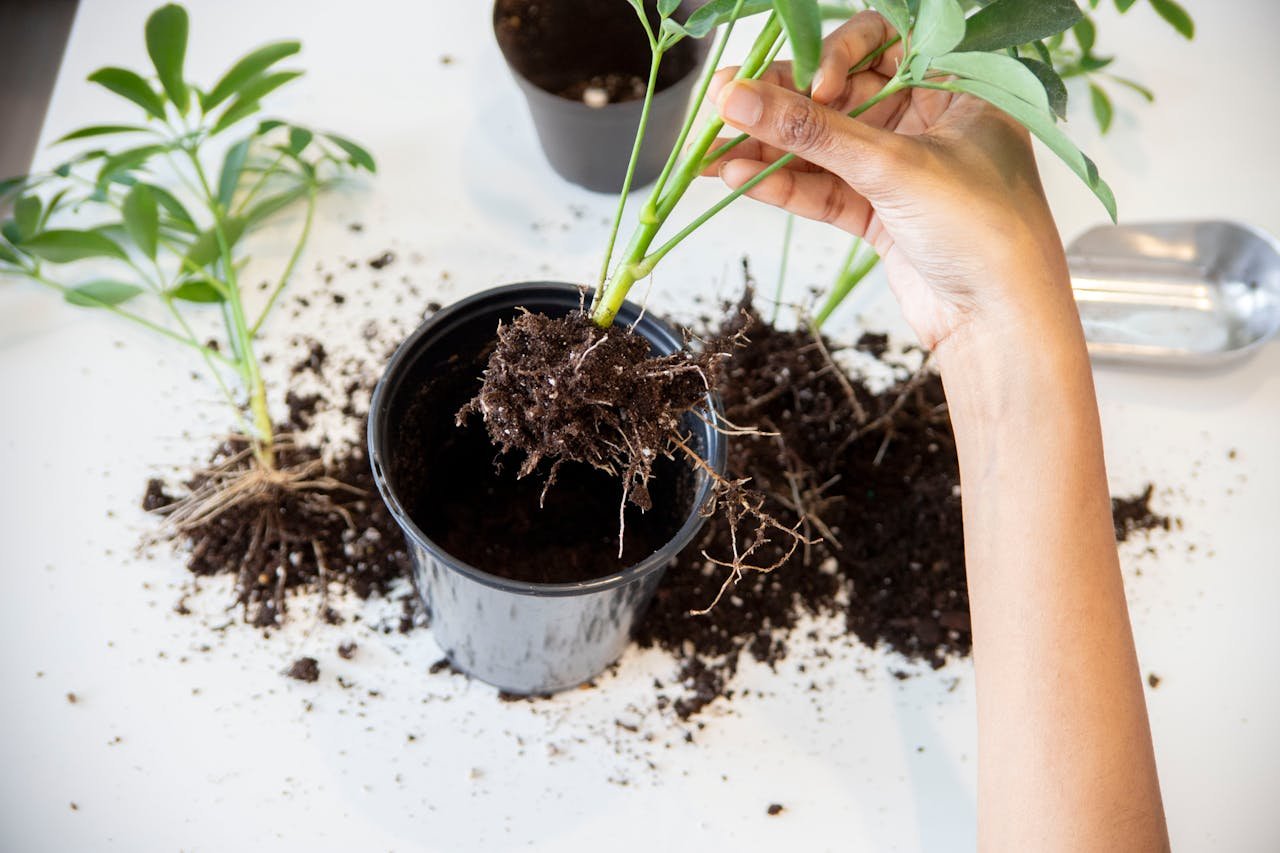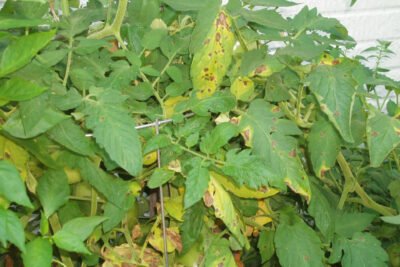
How to Care for Indoor Plants All Year Round

Have you ever wondered why your indoor plant looked healthy in spring but sad by winter? Or why that beautiful peace lily suddenly turned yellow even though you watered it every week? You’re not alone. Keeping houseplants happy all year round can feel like a mystery. But there’s a good reason for this—and the answers are much simpler than you think.
By the end of this article, you'll know the basic steps to keep your indoor plants thriving in every season, not just during the sunny months. Whether you have one little cactus or a jungle of green friends, these tips will help you care for them with confidence—without needing a green thumb.

Why Seasonal Plant Care Matters
Indoor plants live inside, but they still follow the natural rhythm of the seasons. That’s because things like sunlight, temperature, and humidity change throughout the year—even indoors.
Spring and summer are growing seasons. Plants soak up more light and want more water and nutrients. Fall and winter, on the other hand, are rest periods. Plants slow down, need less water, and prefer cooler temperatures.
If you care for your plant the same way all year, it might get too much water in winter or not enough in summer. That’s why seasonal indoor plant care is so important.
Want a quick overview of how to care for your houseplants year-round? Watch this helpful video before we break down each season:
Spring: Wake-Up Time for Plants
Spring is the season when most indoor plants "wake up" from their winter rest. You’ll notice new leaves, faster growth, and a thirst for more water.
What to Do in Spring:
- Start watering more often, but check the soil first. It should feel slightly dry on top before you water.
- Fertilize lightly. Use a liquid plant food once a month. Don’t overdo it—plants are just starting to grow.
- Repot if needed. If roots are coming out of the bottom of the pot, spring is a great time to move your plant to a bigger home.
- Dust the leaves. Clean leaves help plants "breathe" and soak in more light.
Summer: Growth and Sunshine
Summer is when your indoor plants grow the most. They love the light, but too much heat can stress them out—especially near sunny windows.
What to Do in Summer:
- Water more often. Plants dry out faster in summer. Stick your finger in the soil. If it’s dry past your first knuckle, it’s time to water.
- Keep them cool. Move plants away from windows that get very hot in the afternoon.
- Watch for pests. Warm weather brings bugs. Check under leaves for small bugs or webs.
- Rotate your plants. Turn the pots every week so all sides get light.
Fall: Time to Slow Down
In fall, your indoor plants will start to rest. Their growth slows down and they need less water and food.
What to Do in Fall:
- Water less often. The soil should stay dry a bit longer between waterings.
- Stop fertilizing. Let your plants rest. Wait until next spring to start feeding them again.
- Move them if needed. Bring plants closer to windows for more light as days get shorter.
- Keep them warm. Avoid placing them near cold windows or vents.
Winter: Rest and Recovery
Winter can be tough for houseplants. There's less light, dry air from heaters, and cooler rooms. But don’t worry—with a little help, your plants can get through it just fine.
What to Do in Winter:
- Water very little. Some plants might only need water every two or three weeks.
- Add humidity. Heaters dry out the air. Use a humidifier or place a bowl of water near your plants to help.
- Give them light. Keep curtains open during the day. If your room is very dark, try a grow light.
- Don’t move them too much. Plants like stability. Sudden temperature changes can shock them.
Year-Round Tips for Healthy Indoor Plants
No matter the season, these simple habits will help your plants stay strong and healthy.
Know Your Plant
Different plants need different care. A cactus loves dry soil. A fern loves humidity. Check the plant tag or do a quick search to understand your plant’s needs.
Use the Right Pot
Your plant's pot should have drainage holes. Water should flow out the bottom so roots don’t rot. If your pot doesn’t have holes, put your plant in a plastic pot with holes and place that inside your pretty pot.
Don’t Overwater
This is the #1 mistake most people make. It’s better to underwater than to overwater. Always check the soil first.
Look for Signs
If leaves turn yellow, the plant might be getting too much water. Brown tips could mean dry air or too little water. Wilting can mean either too much or too little water—check the soil to be sure.

The One Secret Most Plant Owners Miss
Here’s something many plant lovers forget: your plant’s needs will change slowly. Just like people don’t go from summer clothes to winter coats overnight, plants take time to adjust too. Watch your plant. Pay attention to how it looks and feels. It will tell you what it needs.
Keeping indoor plants alive and happy all year isn’t about following a strict routine. It’s about observing, adjusting, and learning as you go. And now that you know what to look for in every season, you’re ready to care for your plants with confidence.
So next time a leaf starts to curl or your plant seems sleepy, you’ll know just what to do.
If you want to see other articles similar to How to Care for Indoor Plants All Year Round you can visit the category Plant Care.




Leave a Reply